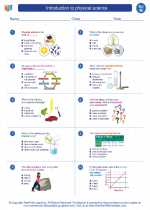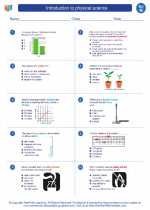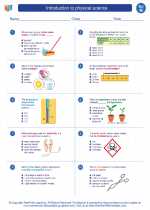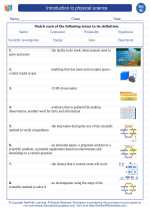Kelvin Temperature Scale
The Kelvin scale is a temperature scale that is based on the properties of gases. It was developed by William Thomson, 1st Baron Kelvin, in the 19th century. The Kelvin scale is an absolute temperature scale, meaning that it starts at absolute zero, the theoretical lowest temperature possible.
Key Concepts
- Zero Point: The Kelvin scale starts at absolute zero, which is equivalent to -273.15 degrees Celsius. At this temperature, molecules have minimal motion and no thermal energy.
- Unit: The unit of measurement on the Kelvin scale is the kelvin (K). One kelvin is equal in size to one degree Celsius, but the two scales have different zero points.
- Conversion: To convert from Celsius to Kelvin, simply add 273.15 to the Celsius temperature. The formula is: Kelvin = Celsius + 273.15
- Applications: The Kelvin scale is commonly used in scientific research, particularly in fields such as physics, chemistry, and engineering. It is the standard unit of temperature in the International System of Units (SI).
Study Guide
When studying the Kelvin scale, it is important to understand its relationship to the Celsius scale and its significance in scientific contexts. Here are some key points to focus on:
- Define absolute zero and explain its significance in the Kelvin scale.
- Practice converting temperatures between Celsius and Kelvin using the conversion formula.
- Explore real-world applications of the Kelvin scale, such as in thermal physics, thermodynamics, and climate science.
- Compare and contrast the Kelvin scale with other temperature scales, such as Fahrenheit and Rankine.
Understanding the Kelvin scale is fundamental for comprehending temperature measurements in scientific research and everyday life. Mastery of this topic will provide a solid foundation for further studies in physics, chemistry, and related fields.
.




